-
-

FLUORIDE
What Is Stannous Fluoride Toothpaste?Discover what is Stannous Fluoride Toothpaste and its importance to prevent cavities and other oral health problems.

TEETH WHITENING
Whitening toothpaste - hydrogen peroxide vs. carbamide peroxideIf you lose one or more of your front teeth due to injury or decay, you may feel ...
-
Science & InnovationOral Health Commitment
- Oral Health Commitment
- Bright Smiles, Bright Futures
- Educational Resources
- Mobile Dental Van
- Volunteer
- ORAL HEALTH CHECK
- PRODUCT MATCH
- Oral Health and Dental Care | Colgate®
- Oral Health
- Safety Chart


Did you know that 71-92% of all traumatic dental injuries occur before the age of 19? A report in Trauma in Dentistry estimates that this is the case. As a parent, taking care of your child's teeth can be quite stressful, but the good news is that there are ways to prevent accidents and incidents that cause tooth injuries. We know how much you worry about your kids. That’s why we’ve put together a handy dental safety chart that lists the most common ways in which your child’s teeth might be put in danger and how to prevent those circumstances from happening in the first place.
Dental Safety Chart
Sports-related injuries, accidental falls, and fights are the most common causes of tooth injuries in kids. However, these aren’t the only ways in which your child could get hurt.
Safety and My Child’s Teeth
Did you know that your child’s upper front teeth are most affected by accidents, while teeth in the back of the mouth are usually injured by chewing on ice or other hard objects? In case of an accident, fall, or an object striking against your child’s teeth, you might find that your child’s tooth becomes cracked, chipped, or sometimes even detached from its socket.
You might worry about something happening to your child’s teeth, but don’t forget that in many cases, prevention is better than cure. Show your child how to take care of their teeth with the help of this dental safety chart, and you can save your child from any mishaps or tears!
Oral Care Center articles are reviewed by an oral health medical professional. This information is for educational purposes only. This content is not intended to be a substitute for professional medical advice, diagnosis or treatment. Always seek the advice of your dentist, physician or other qualified healthcare provider.
Related Articles

Dental emergencies and sports safety
Can I Use Clove Oil for Toothache Pain?Using clove oil for toothache pain can provide you with relief now, but it doesn't last as long as treatment from your dentist. Here's why.
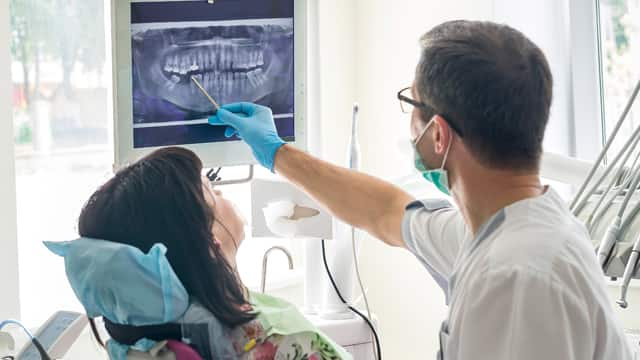
Dental emergencies and sports safety
Broken Wisdom Tooth: Adverse Side Effects If Left UntreatedWisdom teeth are the very last of your permanent teeth to come in, and they usually erupt in your late teens or early twenties. Read more at Colgate.com
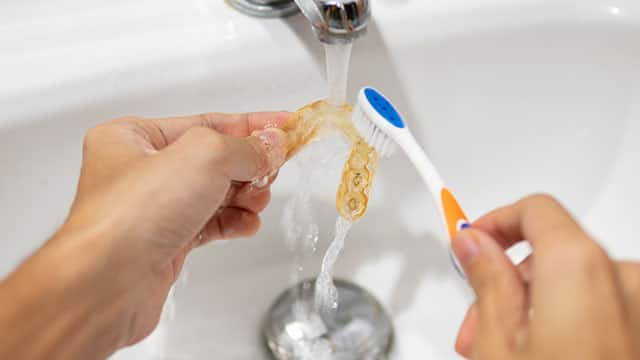
Dental emergencies and sports safety
Cleaning A Mouth GuardIn many sports, a mouth guard is an important piece of equipment for safeguarding your teeth, protecting them from breaking or… Read more at Colgate.com

Dental emergencies and sports safety
Dental Fistula: What Is It?What is a dental fistula and how can your dentist help make your mouth healthy again? Learn more, here.
Related Products
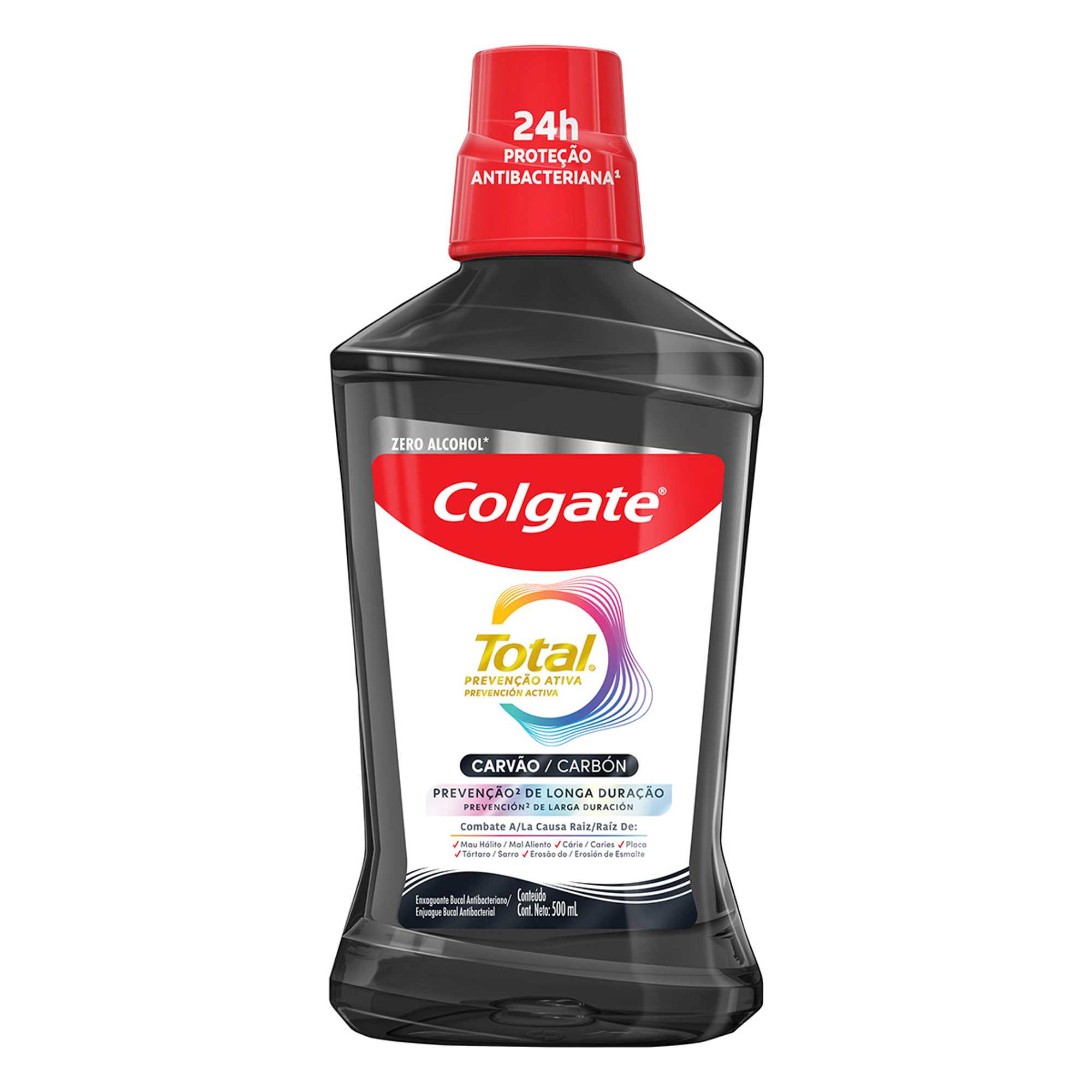
Esse enxaguante bucal multibenefício Colgate Total 12 Carvão Ativado apoia as defesas naturais da sua boca com o zinco. Ele também ajuda a manter os dentes mais brancos, além de combater germes e bactérias para uma limpeza total por até 12 horas.
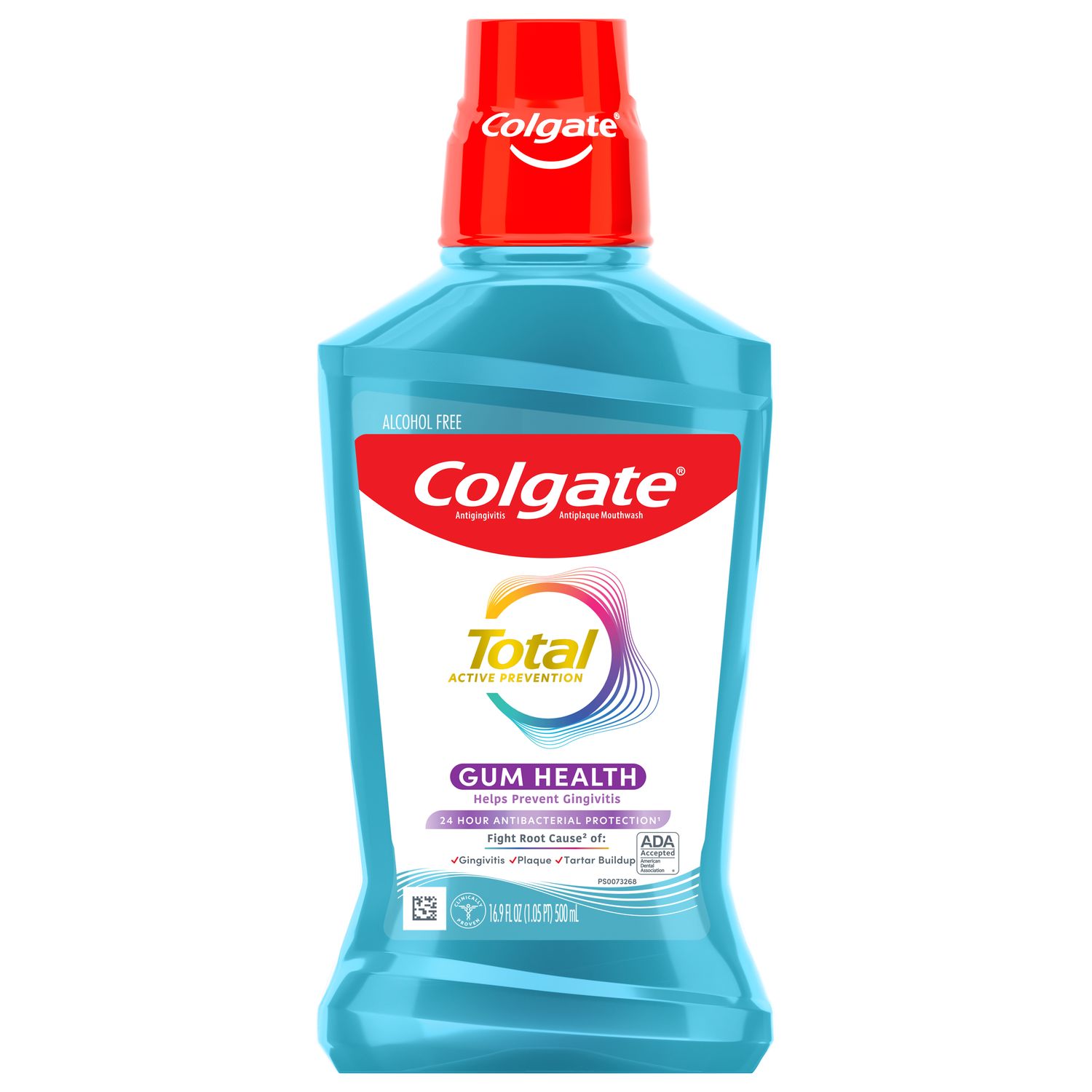
Colgate Total Alcohol Free* Gum Health Mouthwash delivers 24-hour protection** against bacteria and also helps prevent gum problems

Colgate Total Fresh Mint Toothpaste fights bacteria, the root cause of many oral health issues such as gingivitis, tartar, sensitivity, weak enamel, bad breath, and cavities.
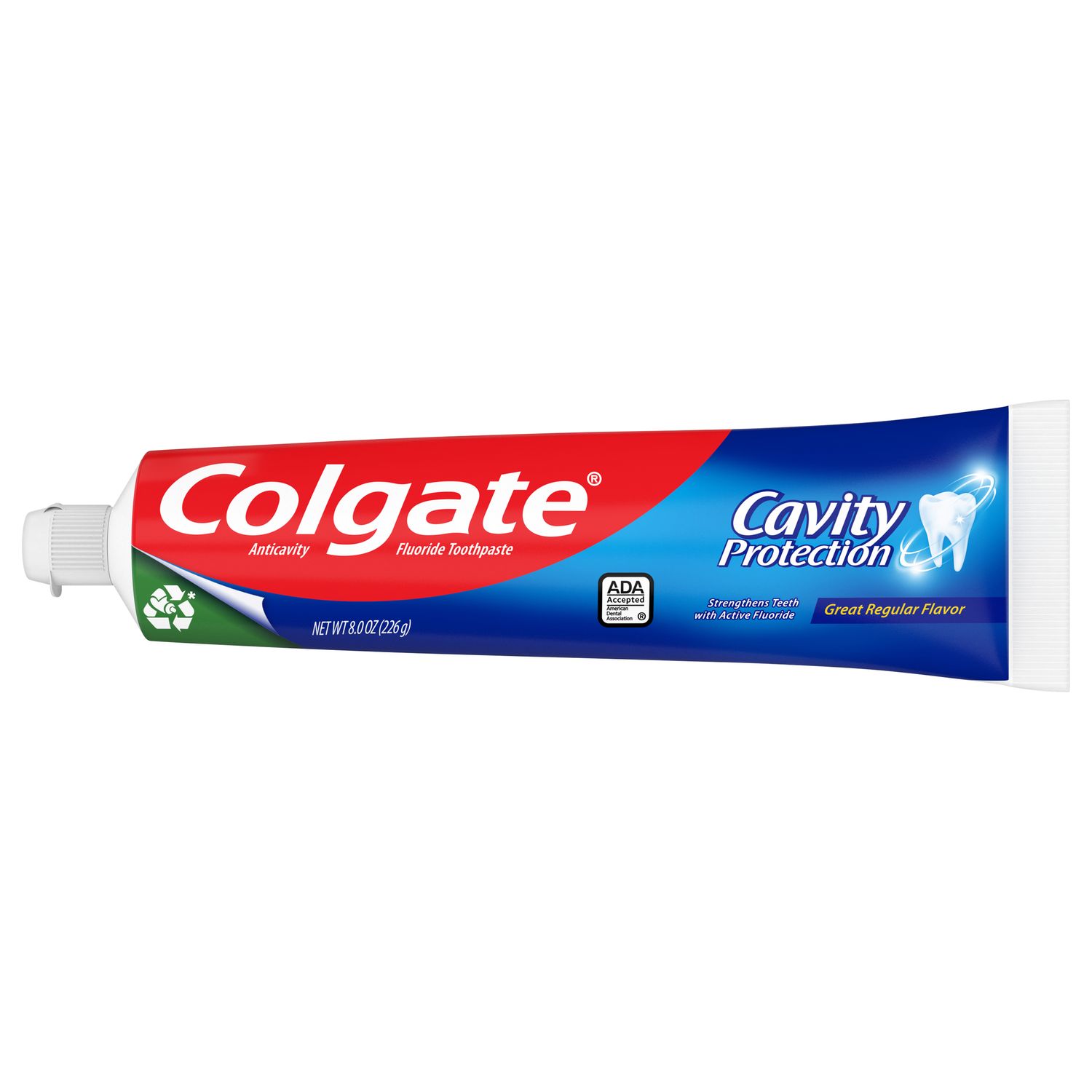
Formulated with Fluoride and with a great mint taste, Colgate Cavity Protection Toothpaste cleans thoroughly, strengthens teeth, and fights cavities.

Helping dental professionals
More professionals across the world trust Colgate. Find resources, products, and information to give your patients a healthier future




